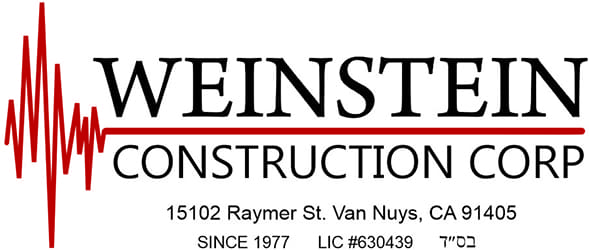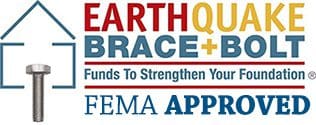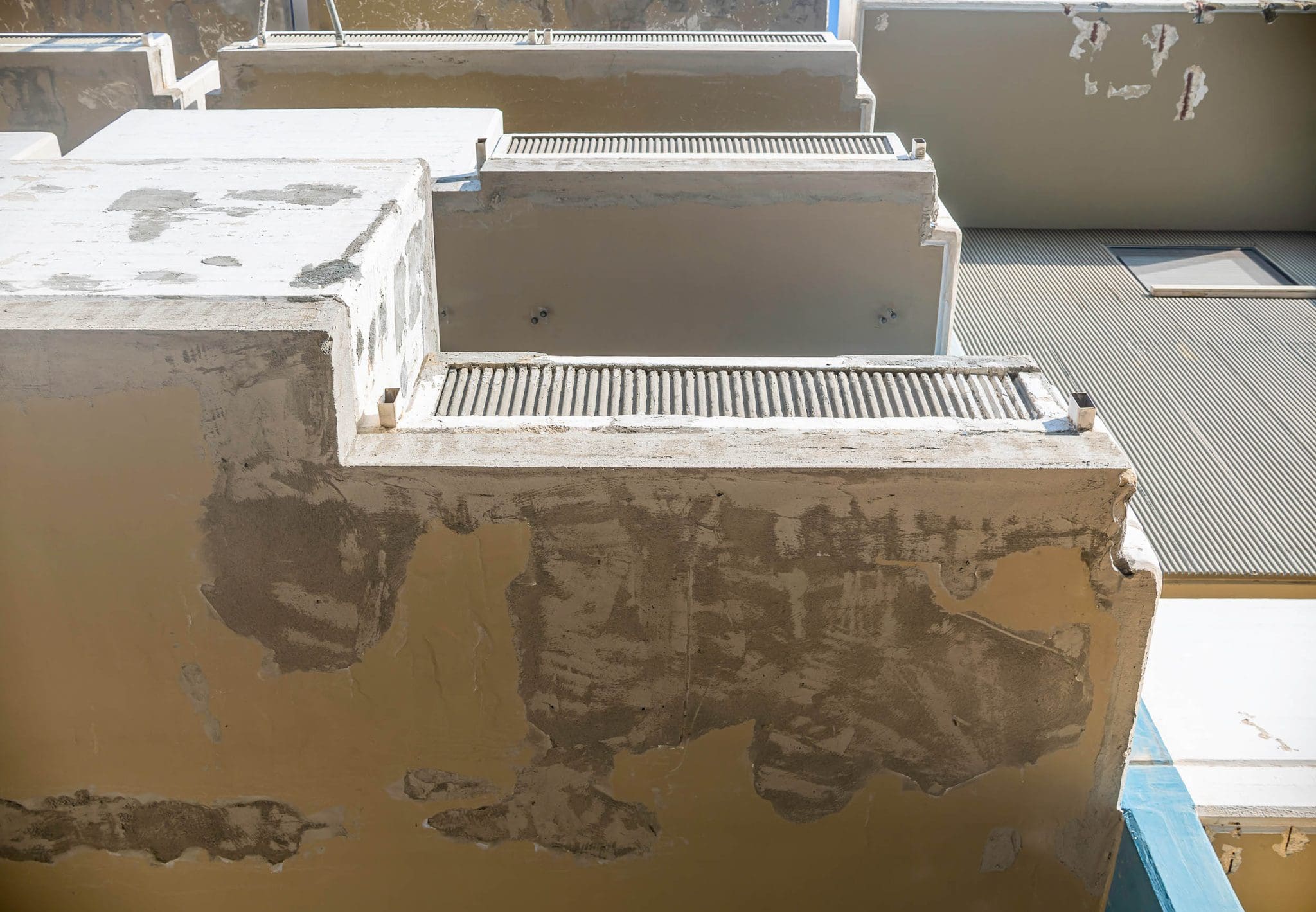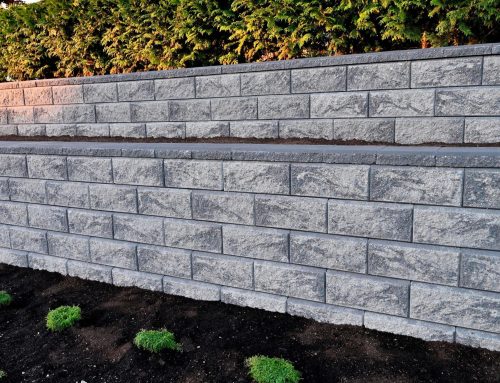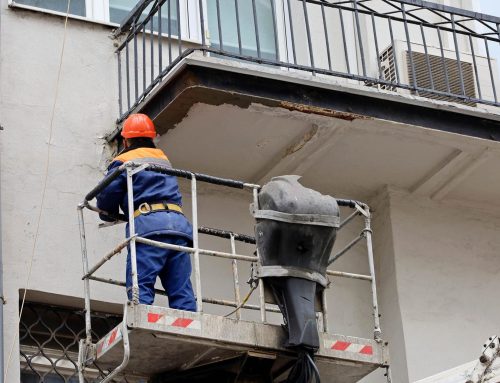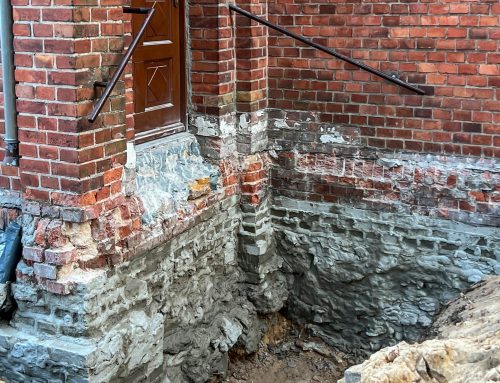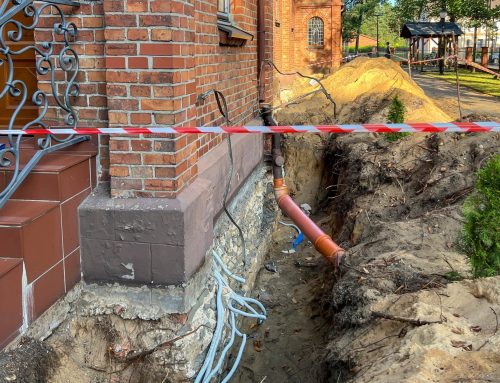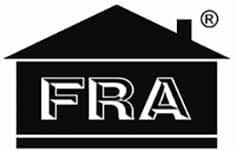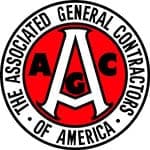What Is the Balcony Inspection Law SB721 in Los Angeles?
As an owner of a commercial property such as a multi-family residential apartment building, you may have already heard about the State of California’s mandatory Balcony Inspection Law in Los Angeles. However, some of the information out there has been confusing or downright misleading, and so we thought it would be useful to put together for you this California Senate Bill 721 compliance guide! It is a short, easy-to-read complete review of this critical new legislation and its mandatory requirements!
What is SB 721 and why was it passed?
If you have asked yourself, what is California Senate Bill 721 and why was it passed in the first place, the answer is a complicated one, but also one that we can briefly summarize for you! Much in the same way that the City of Los Angeles passed mandatory ordinances requiring retrofitting for “Soft Story” buildings that are vulnerable to earthquake damage, this new state law now requires a mandatory safety inspection and/or repair of damaged balconies and other “Exterior Elevated Elements”, which include structures such as balconies, decks, stairs, and catwalks (also called “EEE”).
Senate Bill 721 was passed by the legislature in response to the 2015 death of several UC Berkeley students when a 4th floor balcony they were standing on collapsed during a party. The wood framing of this balcony was rotting, was unable to take the weight of the young students, and collapsed, falling 40 feet to the ground and killing six students and injuring seven others. Authorities later found out that these deaths were preventable, as a proper inspection of the balcony would have shown that it was in poor condition.
Who must comply with Los Angeles Balcony Inspection Laws?
After the UC Berkeley accident, SB 721 was passed to improve the safety of balconies and other EEE in multi-family residential apartment buildings. These new balcony inspection laws for landlords in LA now require owners and managers of multi-family residential apartment buildings to comply and conduct safety inspections and ongoing maintenance of all EEEs on their properties, in order to ensure their safety. If you are wondering, does SB 721 apply to duplexes in LA, the answer is typically no, as the law covers only buildings that have 3 or more dwelling units within them, and are two or more stories in height.
What are the compliance rules for balcony inspection law in Los Angeles?
Owners and managers of commercial apartment buildings have until January 1, 2026, to complete the first inspection of their property, and must have an inspection every 6 years thereafter (or less). Although the original deadline was actually in early 2025, Governor Newsome recently approved Assembly Bill 2579, which extended the deadline for the first balcony inspection by a year (the extension was granted because commercial property owners and managers needed extra time to schedule inspections!).
If you are wondering who can actually conduct such inspections, the answer is that only a licensed architect, civil or structural engineer, or a building contractor holding specific licenses as a B General Contractor or C5 Framing, may conduct a balcony inspection. Under this regulatory regimen, the contractors who conduct inspections are also allowed to repair faulty balconies and other EEE.
Which structures are subject to the law?
SB 721 and the Los Angeles housing code define EEE structures as balconies, decks, porches, stairways, walkways, and entry structures (including supports and railings) that extend beyond the exterior walls of the structure and that have a walking surface that is elevated more than six feet above ground level. Such structures must be designed for human occupancy or use, and they must also rely in whole (or in substantial part) on wood or wood-based products for structural support and stability. It is important to note that the required inspections also include the EEE’s “associated waterproofing elements” (for example, their waterproofing flashings, membranes, coatings, and sealants).
What are the balcony safety inspection requirements California 2025?
A competent contractor undertaking EEE inspections should identify all exterior elevated elements in multifamily buildings (e.g., deck, balcony, landing, stairway, etc.), as well as their various structural components. After all such EEE are identified, the contractor’s inspection should include, at a minimum, an evaluation of: (a) the condition and performance of the EEE’s load-bearing components; (b) the condition and performance of the EEE’s waterproofing elements; and (c) the expected future performance and projected service life of the EEE in question.
For such an inspection, the review methodology should require 15% of each type of EEE in the property to be inspected as part of the initial round of inspections prior to January 1, 2026. After six years, the next randomly selected 15% sampling of EEEs must be inspected.
What Happens if you don’t comply with the Balcony Inspection Law in Los Angeles?
Just in case you were wonder what will happen to you or your company if you don’t comply with the Balcony Inspection Law in Los Angeles, you should know that a failure to comply with the law may subject you to a financial fine of up to $500 a day, as well as potential significant legal liability if anyone is injured on your property!
How to stay ahead of legal requirements?
Non-compliance with SB 721 is not something you want to play around with, and as such, you must get in touch with competent, licensed professionals such as the ones at Weinstein Construction, to plan out your property’s Balcony inspection! While it may seem as if the inspection deadline of January 1, 2026 is far away and can be ignored for now, our sincerest recommendation is for you not to delay this inspection!
At the end of the day, the Greater Los Angeles region is home to many thousands of apartment complexes and they all must be inspected. At the same time, LA only has a relatively small number of competent companies who are experienced and can conduct such inspections and undertake repairs, if any are required. In this case, there is no doubt that planning for an inspection earlier, rather than later, can provide you with greater flexibility to schedule an inspection when you want it, as well as a better inspection price, and a better price for potential repairs, if they are needed.
